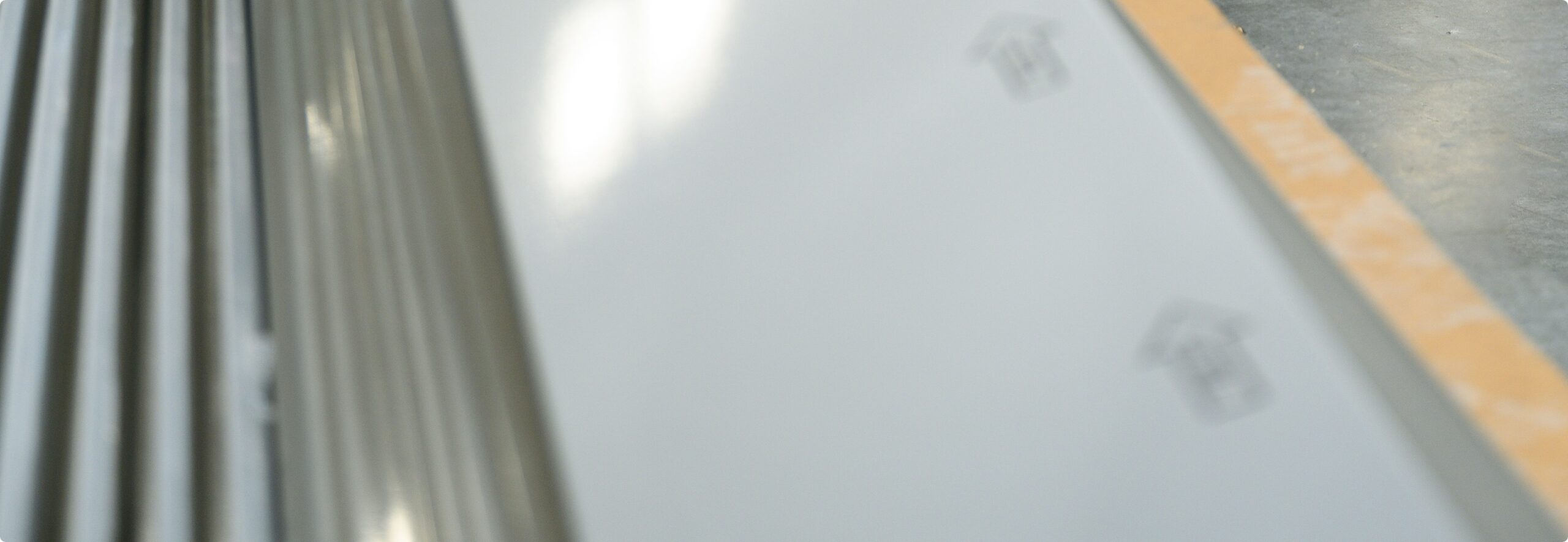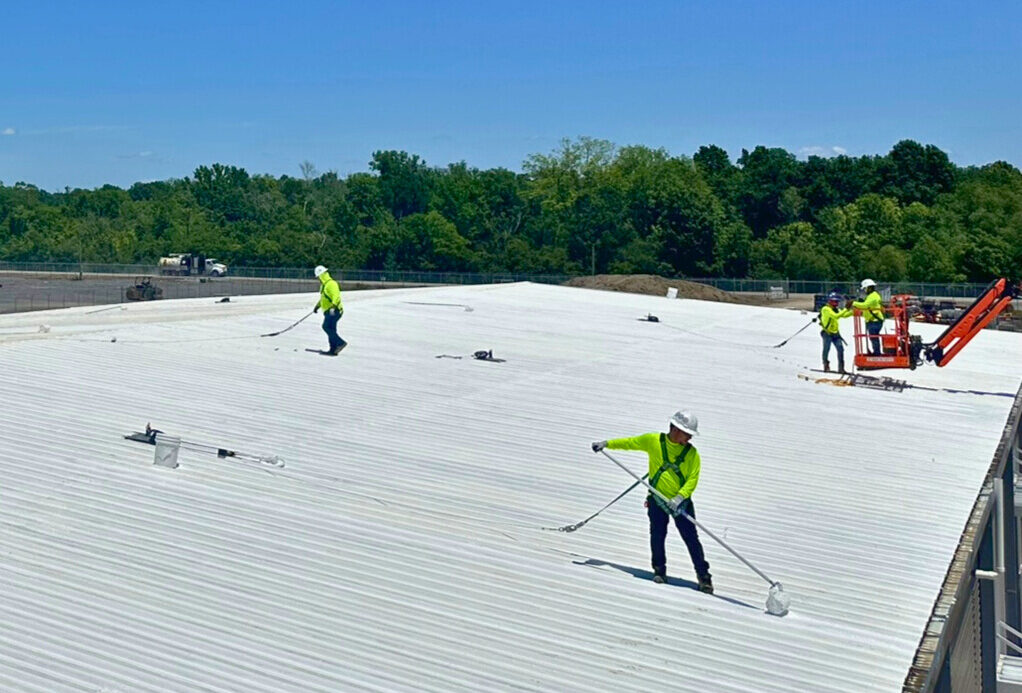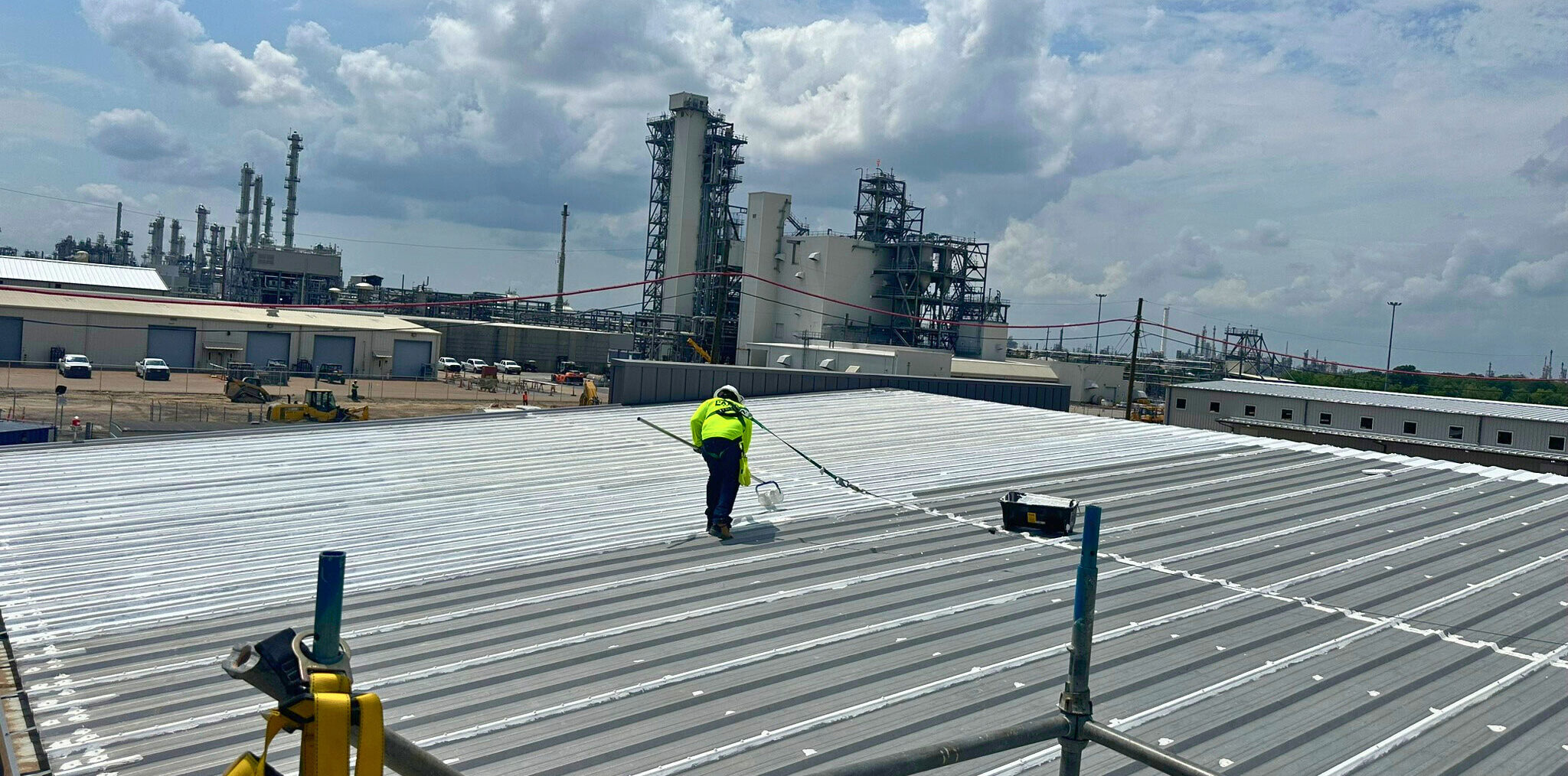Elastomeric coatings are used for exterior projects like concrete, stucco, and masonry walls, as well as low-slope roofs. Elastomeric coatings are waterproof and can be layered to seal small cracks and holes. These coatings also help prevent UV damage, which could cause the need for costly roof repair and replacement in the future.
Elastomeric coatings are not “one-size-fits-all.” There are many varieties and formulas, and each lends itself to different environments and surfaces. The four common types of elastomeric coatings are butyl, acrylic, polyurethane, and silicone.
Butyl
Butyl is created with isobutylene, which is refined into butyl rubber before being made into a liquid for elastomeric coatings. Butyl rubber is impermeable to air, boasts excellent flexibility, and can even withstand ponding on low-slope roofs.
Acrylic
Acrylic elastomeric coatings are highly durable and best used on roofs with better drainage, as they do not withstand ponding as well as other types of elastomeric coating.
Polyurethane
Polyurethane, or urethane, coatings are incredibly durable compared to the other elastomeric coatings. This durability lends itself well to roofs with higher-than-average foot traffic and means that these coatings remain tough against ponding.
Silicone
Silicone coatings boast a solids percentage of nearly 90%, if not higher, meaning that contractors use less material to achieve the desired thickness. These high solids content also allows silicone elastomeric coatings to be highly UV resistant and withstand ponding.



